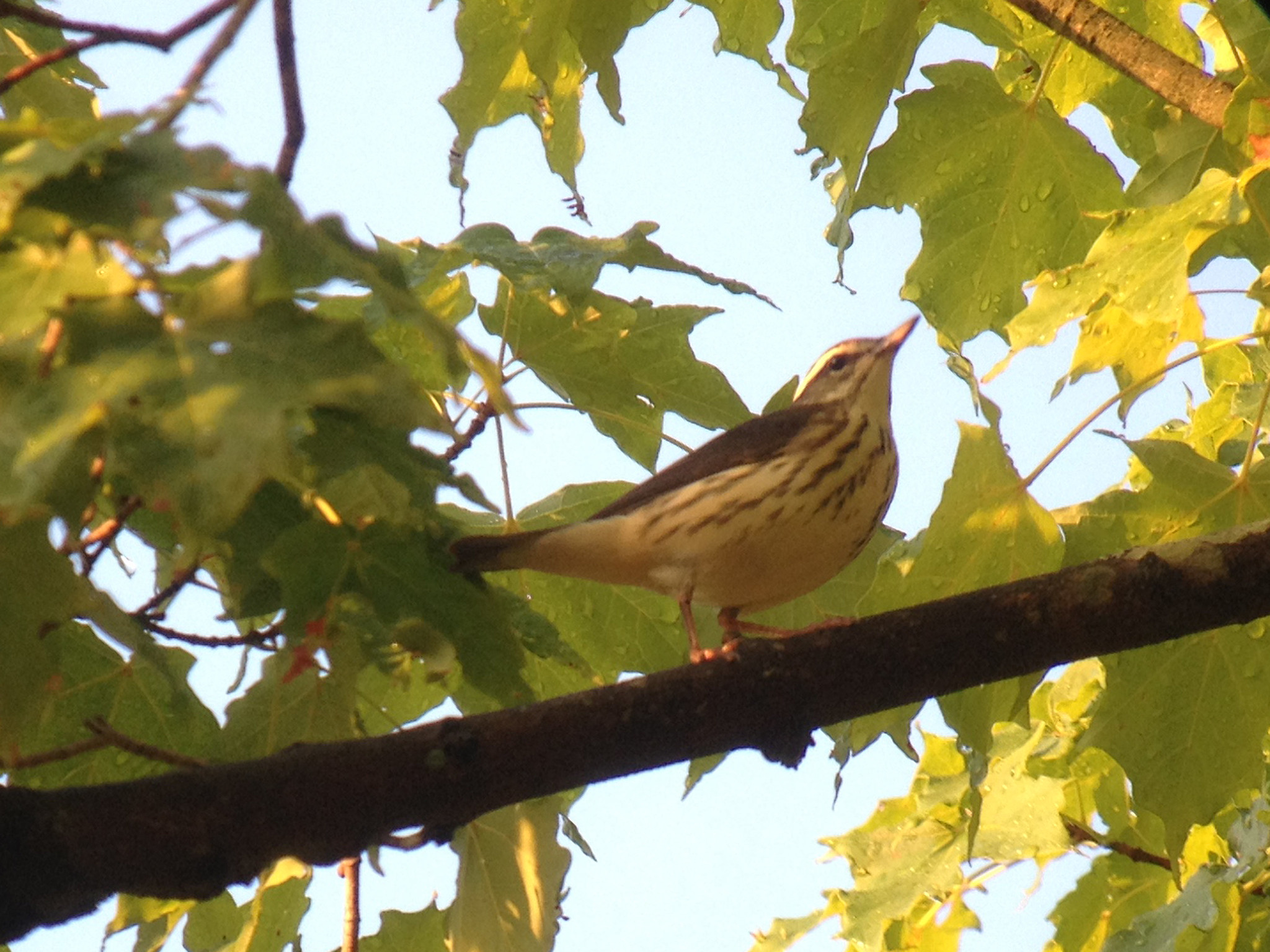 |
| Louisiana Waterthrush, Lake Wallace, Belchertown, MA, Aug 13, 2016 |
 |
| Green Heron, Lake Wallace, Belchertown, MA, Aug 13, 2016 |
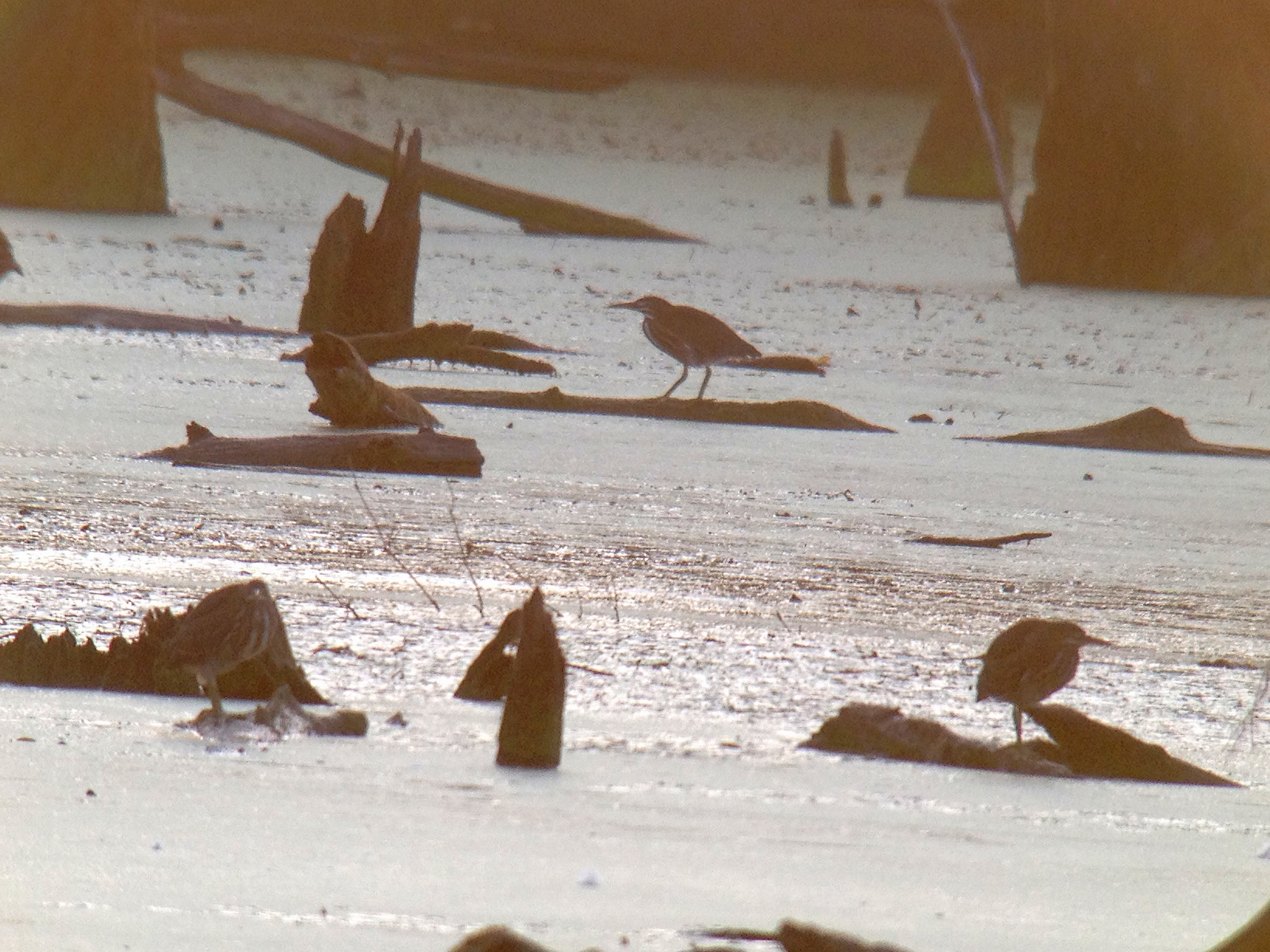 |
| Green Herons, Lake Wallace, Belchertown, MA, Aug 13, 2016 |
 |
| Solitary Sandpiper, Lake Wallace, Belchertown, MA, Aug 13, 2016 |
 |
| Lake Wallace, Belchertown, MA, Aug 13, 2016 |
 |
| Winsor Dam, Quabbin Park, MA, Aug 13, 2016 |
 |
| Winsor Dam, Quabbin Park, MA, Aug 13, 2016 |
The second heat wave of the season continues today with predawn temperatures in the 70's. This heat wave should be shorter than the last but the temperatures have been even higher in the mid 90's with very high humidity (dew points in the mid 70's) giving a heat index between 100-105....work has not been fun under these conditions! I got out early for a few hours today with stops at Lake Wallace and Quabbin Park. Lake Wallace held 86 Wood Ducks, a dozen Green Herons (my highest count there yet this season for this species), a couple Solitary Sandpipers, at least three Virginia Rails and a somewhat cooperative Louisiana Waterthrush that I was able to digiscope. Quabbin Park was fairly quiet with just the expected species with few birds vocalizing although Eastern Wood Pewees and Red eyed Vireos were still carrying on fairly constantly. No sign of the Lesser Scaup at Winsor Dam once again this morning. I have not seen it since August 1st so perhaps it finally moved on due to the ongoing construction near the HQ building or got taken by a predator. I will still keep an eye out for it because it has resurfaced before when I thought for sure it was gone.
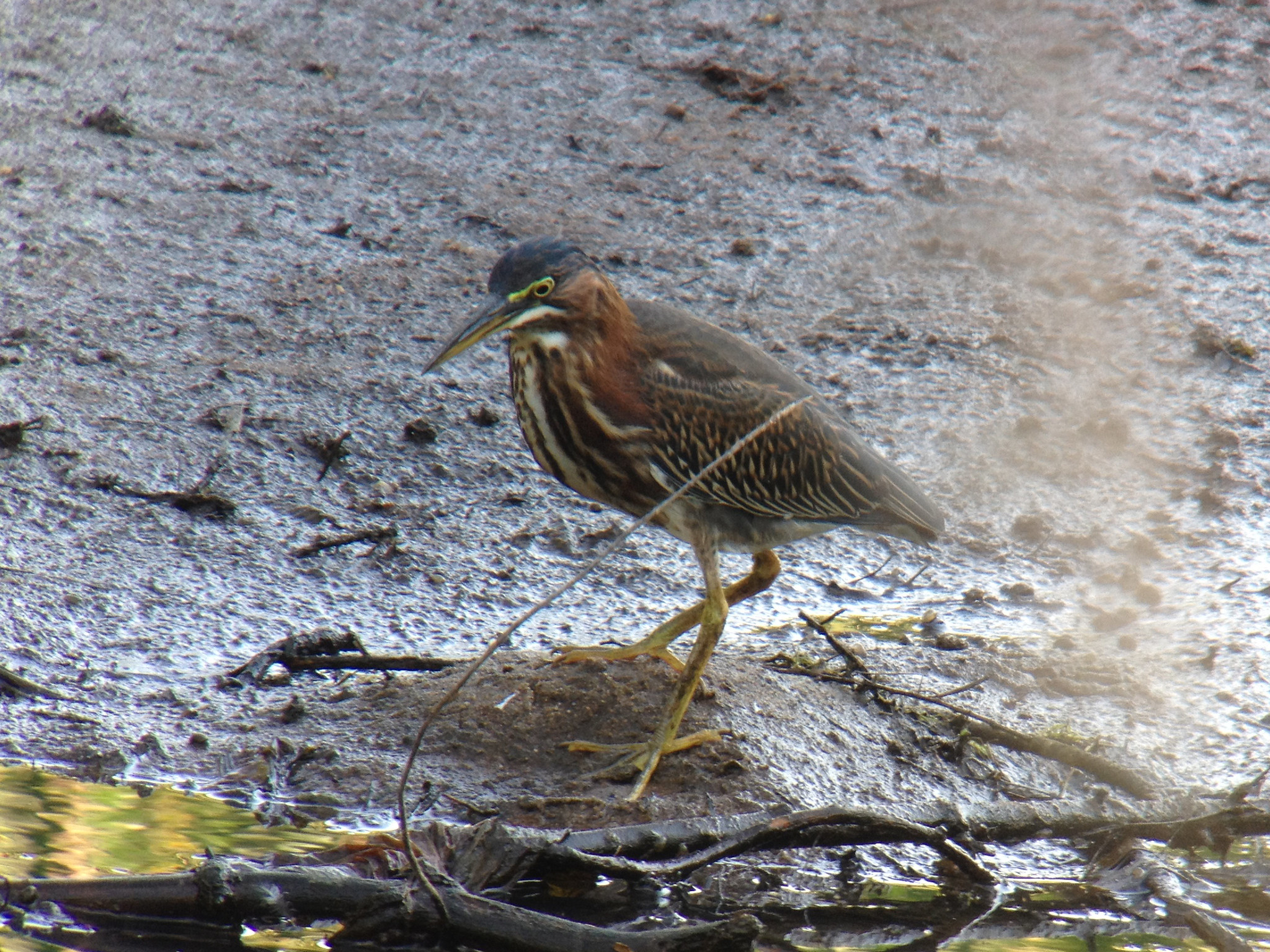 |
| Green Heron, Lower Mill Pond, Easthampton, MA, Aug 12, 2016 |
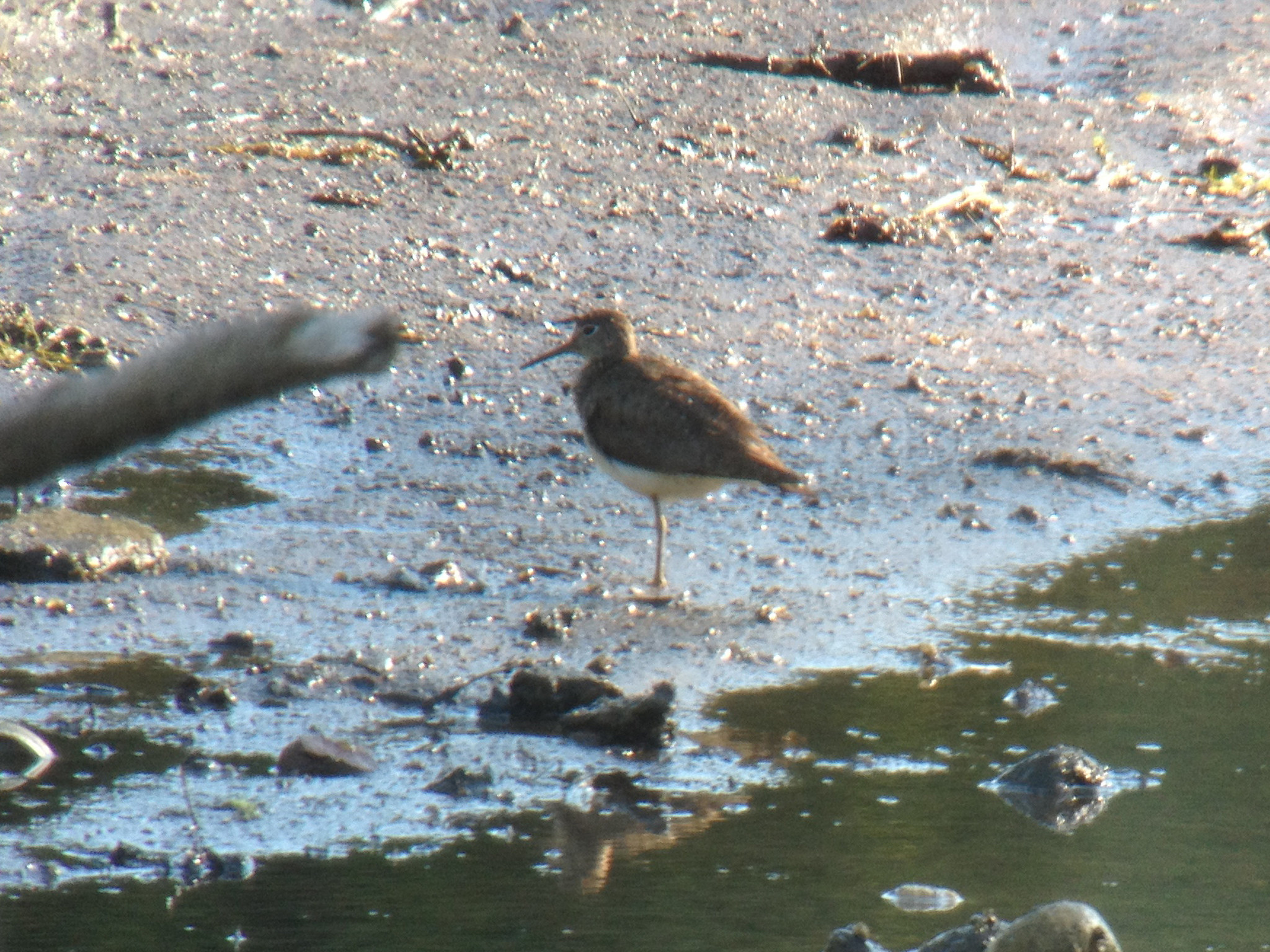 |
| Solitary Sandpiper, Lower Mill Pond, Easthampton, MA, Aug 12, 2016 |
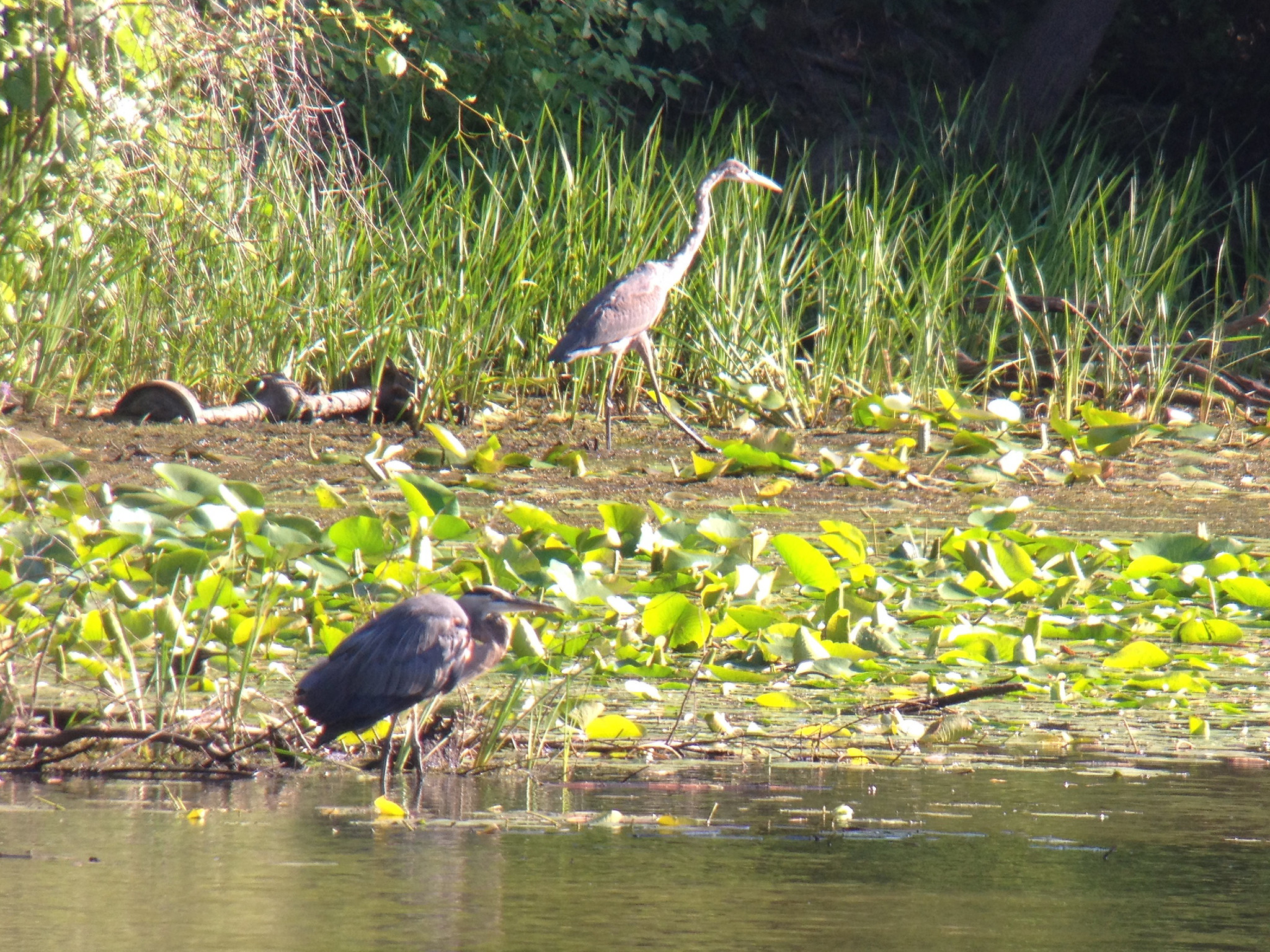 |
| Great Blue Herons, Lower Mill Pond, Easthampton, MA, Aug 12, 2016 |
 |
| Double crested Cormorants, Holyoke Dam, South Hadley, MA, Aug 12, 2016 |
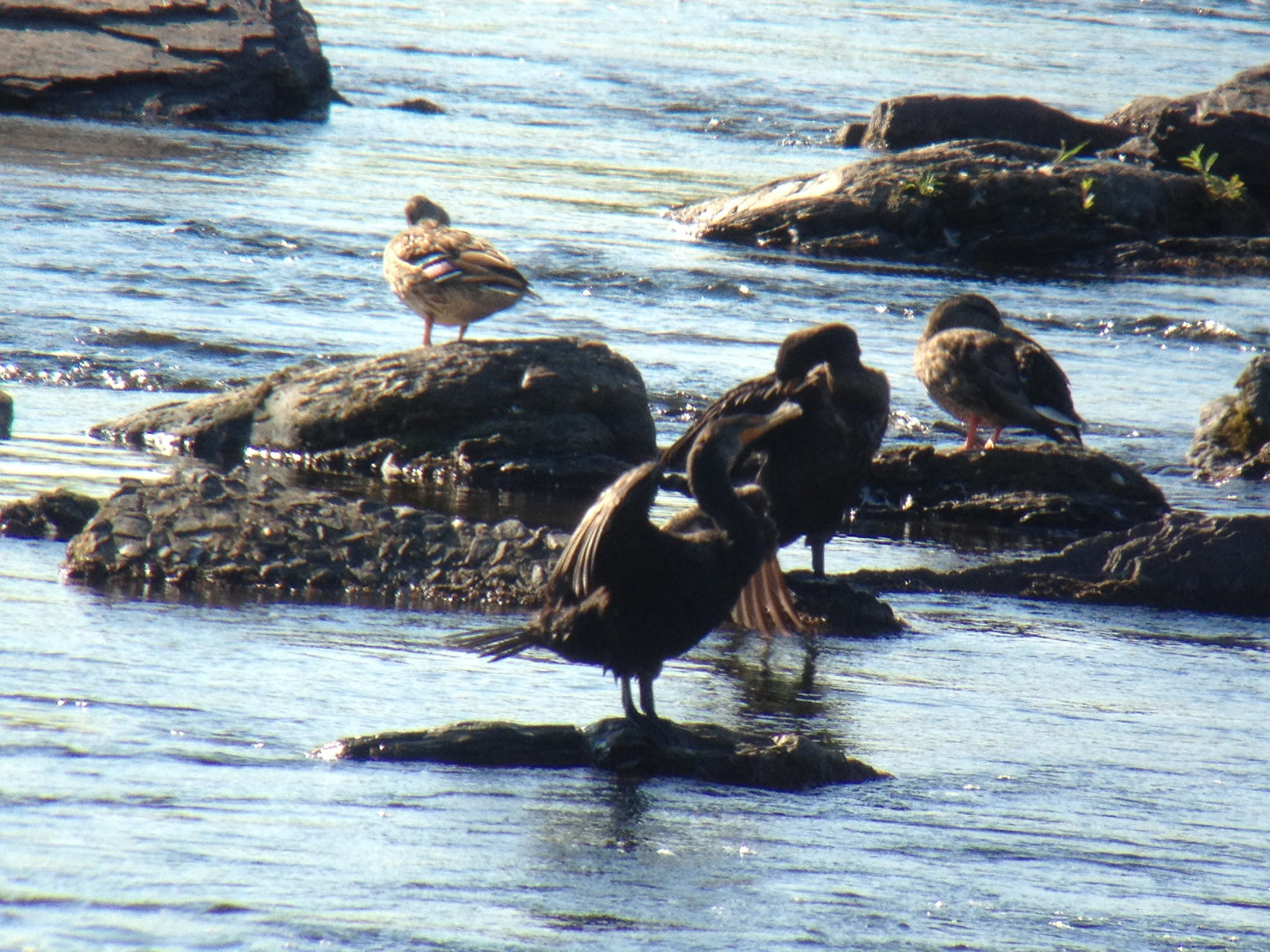 |
| Double crested Cormorants, Holyoke Dam, South Hadley, MA, Aug 12, 2016 |
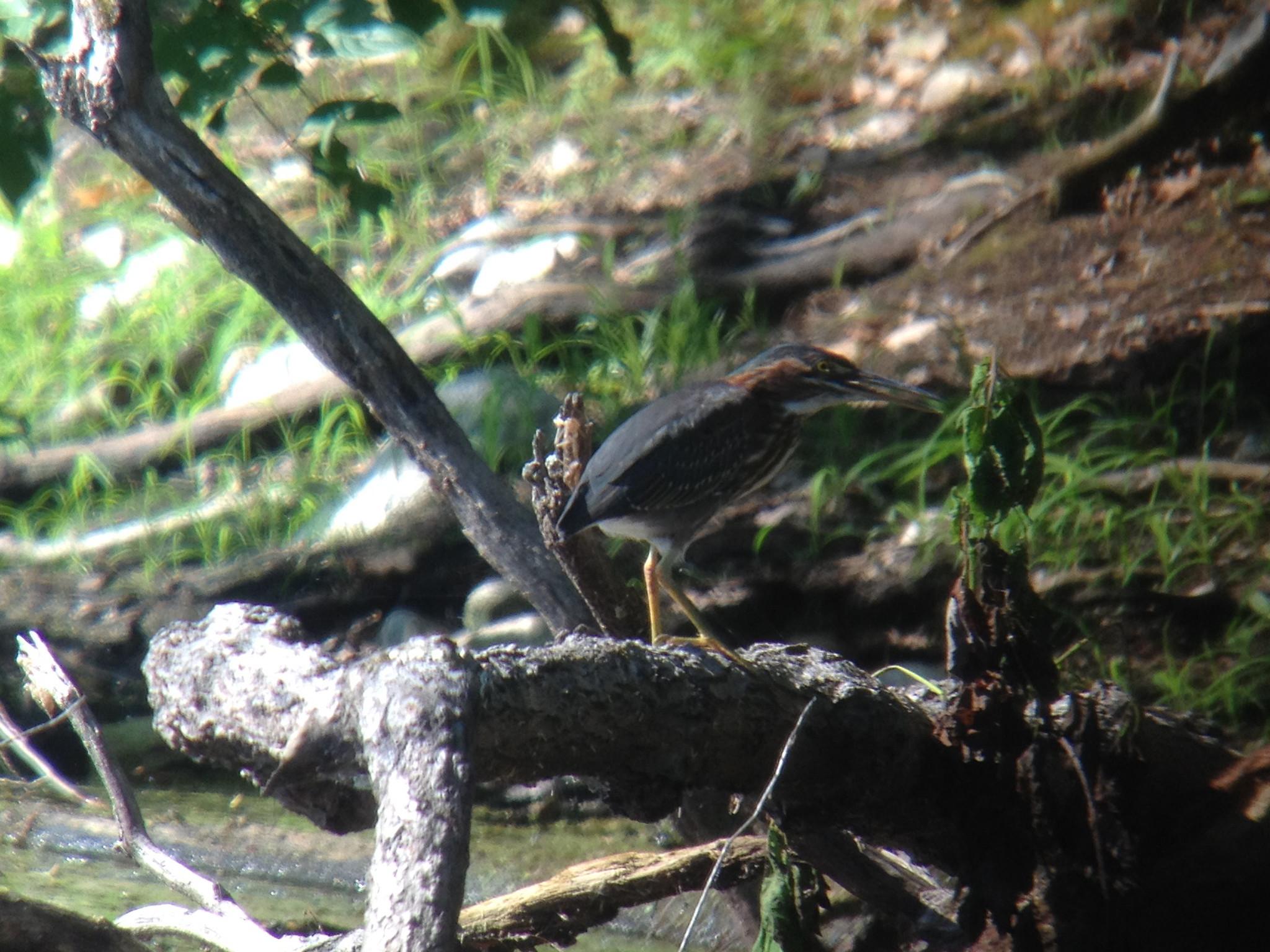 |
| Green Heron, Lake Wallace, Belchertown, MA, Aug 12, 2016 |
Yesterday after work I hit a few spots before it got extremely hot. I started off at Arcadia and had just a few Killdeer in the small field that produced dozens just a few days ago. I then headed over to Lower Mill Pond where I had a little more luck with the following shorebirds on the mudflats: Killdeer, two each of Least and Spotted Sandpipers and half a dozen Solitary Sandpipers. Other notables there included five Great Blue Herons, four Green Herons and an Osprey. My next stop down at the Holyoke Dam produced a dozen Common Mergansers, 8 Double crested Cormorants, five Great Blue Herons, 124 Ring billed Gulls and at least 55 Chimney Swifts. By the time I made it to Lake Wallace it was already quite warm (mid 80's) so didn't have tons of activity but still managed 44 Wood Ducks and five Green Herons.
On Wednesday morning I didn't have much time to stop anywhere plus the thick fog once again made any viewing tough. I made a brief stop at the Oxbow but didn't turn up anything too impressive but that was not surprising given the two eagles moving around the area. The best birds of the morning were at least 13 Fish Crows along King Street in Northampton near Stop and Shop.
The recent taxonomy update has been done through eBird to reflect the recent changes made regarding splits of species, lumps and name changes. The splits have resulted in my life list climbing by three to 1205. The splits included Gray necked Wood Rail into Russet naped Wood Rail (seen on the Caribean side of Costa Rica) and Gray cowled Wood Rail (seen on the Pacific side of Costa Rica); the split of Green Violetear into Lesser Violetear (seen in Costa Rica) and Sparkling Violetear (seen in Ecuador); and the split of Western Scrub Jay into California Scrub Jay (seen in CA) and Woodhouse Scrub Jay (seen in AZ).
NOAA released the latest predictions for the hurricane season a couple days ago and the season is expected to be the strongest since 2012 with between 12-17 named storms (5-8 of those being hurricanes and 2-4 being major hurricanes). These numbers are a slight increase from predictions earlier in the season. The season has so far produced five named storms with two of those being hurricanes. Below is an excerpt from the latest NOAA prediction:
“We’ve raised the numbers because some conditions now in place are indicative of a more active hurricane season, such as El Niño ending, weaker vertical wind shear and weaker trade winds over the central tropical Atlantic, and a stronger west African monsoon,” said Gerry Bell, Ph.D., lead seasonal hurricane forecaster at NOAA’s Climate Prediction Center. “However, less conducive ocean temperature patterns in both the Atlantic and eastern subtropical North Pacific, combined with stronger wind shear and sinking motion in the atmosphere over the Caribbean Sea, are expected to prevent the season from becoming extremely active."













No comments:
Post a Comment